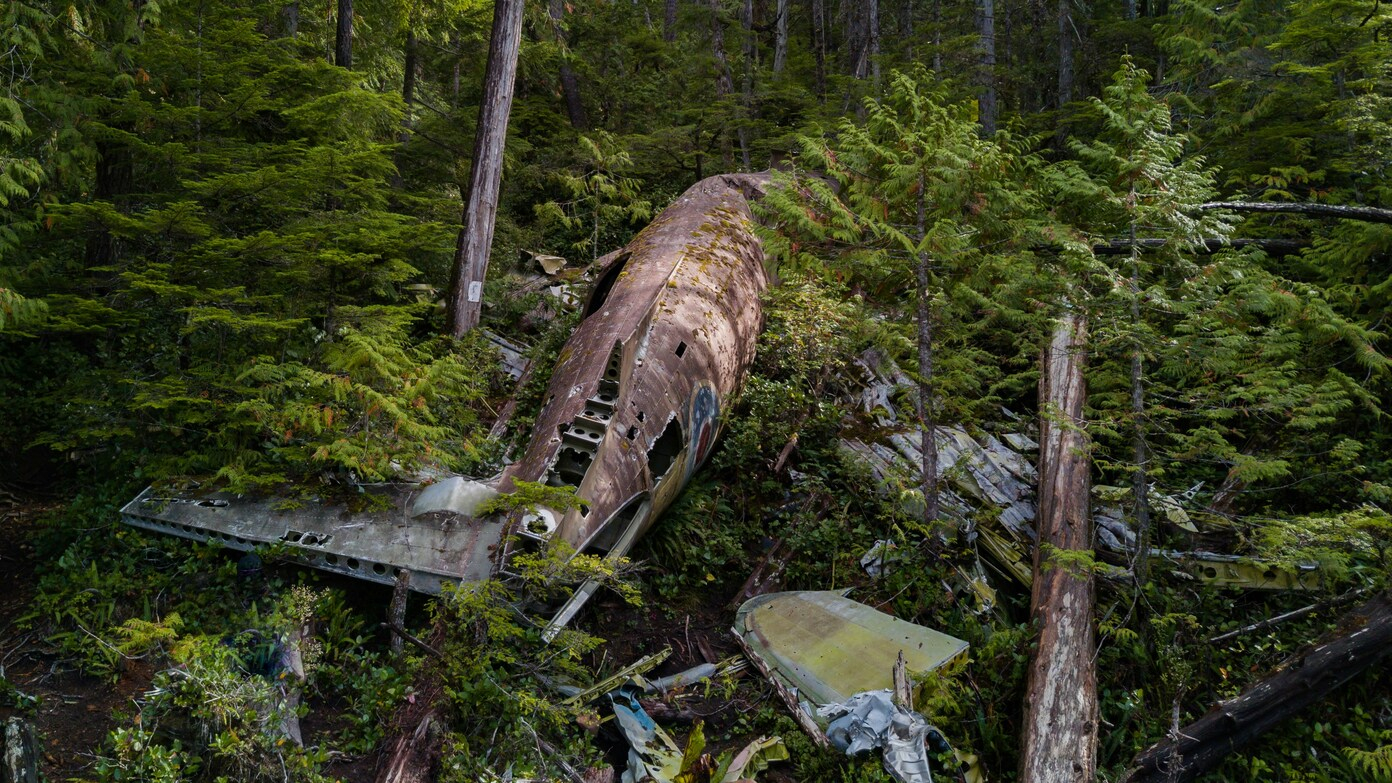On January 13, 1982, Air Florida Flight 90 took off from Washington National Airport in icy conditions, bound for Fort Lauderdale-Hollywood International Airport. However, just moments after takeoff, the Boeing 737 failed to gain altitude and crashed into the 14th Street Bridge, which connects Arlington, Virginia, to Washington, D.C. The plane then plunged into the frozen Potomac River, killing 74 people on board and four motorists on the bridge.
The accident occurred during a heavy snowstorm, with frigid temperatures and icy buildup on the aircraft. The Federal Aviation Administration (FAA) later determined that the crash was due to pilot error and improper de-icing procedures. The pilots had failed to use the plane’s anti-ice systems correctly and had taken off with significant ice on the wings, which prevented the aircraft from achieving the necessary lift.
The impact of the crash was devastating. The fuselage broke apart upon hitting the bridge, sending debris and passengers into the icy waters below. Some survivors clung to wreckage, struggling against the freezing temperatures while awaiting rescue. The scene quickly turned into a frantic effort to save lives, with emergency crews rushing to the site amid brutal winter conditions.
Heroic rescue efforts in a frozen river
Rescue operations were complicated by the icy conditions of the Potomac River. Metropolitan Police, firefighters, and emergency responders arrived swiftly, but the freezing water made efforts difficult. Some survivors were seen clinging to wreckage, unable to swim to shore.
A notable act of heroism emerged that day when a bystander, Lenny Skutnik, jumped into the freezing river to save a passenger struggling in the water. His bravery was later recognized nationally, and he became an emblem of selflessness in the face of tragedy. Additionally, a U.S. Park Police helicopter played a crucial role in the rescue, dropping life rings and pulling survivors to safety.
In the days following the crash, investigators from the National Transportation Safety Board (NTSB) examined wreckage recovered from the river. Navy divers from the Naval Amphibious Base in Little Creek, Virginia, assisted in searching for bodies, braving the ice-cold waters in heated suits. Scuba divers also scoured the submerged fuselage to recover victims.
Recovery efforts continued for several days, with emergency crews pulling debris, personal belongings, and remains from the icy depths. A landing barge was used to retrieve wreckage, including a single boot that was fished from the water on January 15, two days after the disaster.
The crash of Air Florida Flight 90 remains one of the most haunting air disasters in U.S. history, remembered for both the tragedy and the extraordinary courage shown by rescuers and bystanders. The incident led to changes in airline deicing procedures and improved pilot training on handling winter weather conditions, ensuring that lessons were learned from the heartbreaking loss of life.
